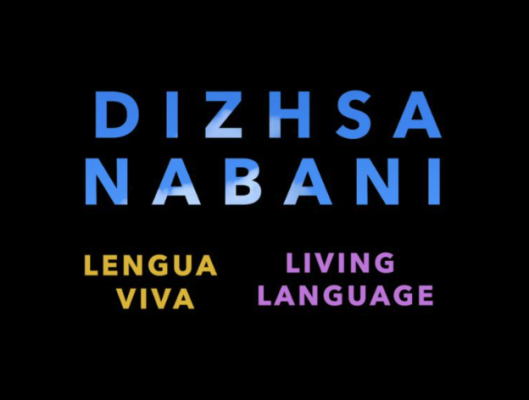Screening of Dizhsa Nabani
A Docuseries about Zapotec Identity, Language and Daily Life
October 11, 2018
4:00 PM to 6:30 PM PDT
Social Science Matrix
820 Barrows Hall
Berkeley, CA 94720
Matrix is located on the 8th floor of Barrows Hall, on the UC Berkeley campus, near Telegraph and Bancroft Avenues, just up the hill from Sather Gate. There are entrances at both ends of the building, but only one of the elevators on the eastern side goes directly to the 8th floor. You can alternatively take the stairs to the 7th floor and walk up the stairs.

UC Berkeley's Fieldwork Forum Talk Series will be hosting two back-to-back events related to indigenous language revitalization.
4-5:30pm: Screening of Dizhsa Nabani, a series of shorts that were recently created around themes of language and identity in Tlacochahuaya, Oaxaca, Mexico (more info below). The screening will be followed by a Q&A with Moises Guzman, one of the creators of the series, who will join virtually from Tlacochahuaya.
5:30-6pm: Q&A for those who are interested focused on the new Designated Emphasis in Indigenous Language Revitalization, which is like a minor for PhD students, open to those from all departments who work is related to indigenous language revitalization. Participants from the program will be there to answer questions and share their experiences in the program.
About Dizhsa Nabani
Dizhsa Nabani is a web based docu-series that explores the relationship between Zapotec identity, language and daily life. Zapotec languages are considered threatened as they are being acquired as native languages by fewer and fewer people. Community and individual identity are entwined with language, especially in Mexico, where criteria for self-identifying as belonging to an indigenous community usually includes speaking the corresponding language. Most Zapotec people today are bilingual, and under pressure from anti-indigenous discrimination, many choose to use Spanish in contexts that were previously reserved as Zapotec-language domains, including the home, the market, and town meetings. Given this sociolinguistic context, speaking Zapotec can be seen as an act of resistance. The goal of the series is to explore how language is interwoven with identity and with the vitality of the Zapotec community in San Jerónimo Tlacochahuaya, including the relationship between language and traditional farming, cooking techniques, and artistic performance and creation.



